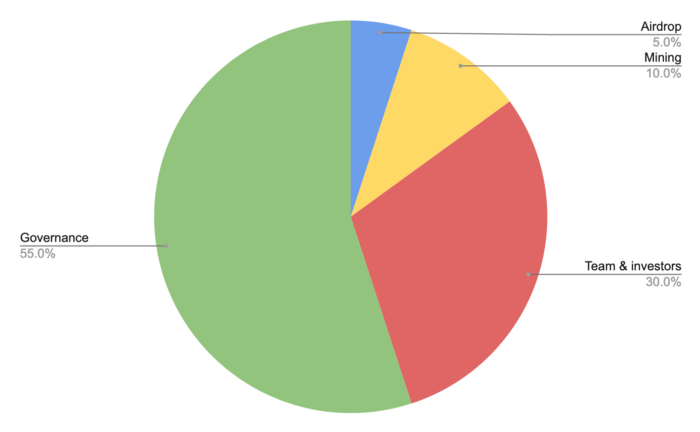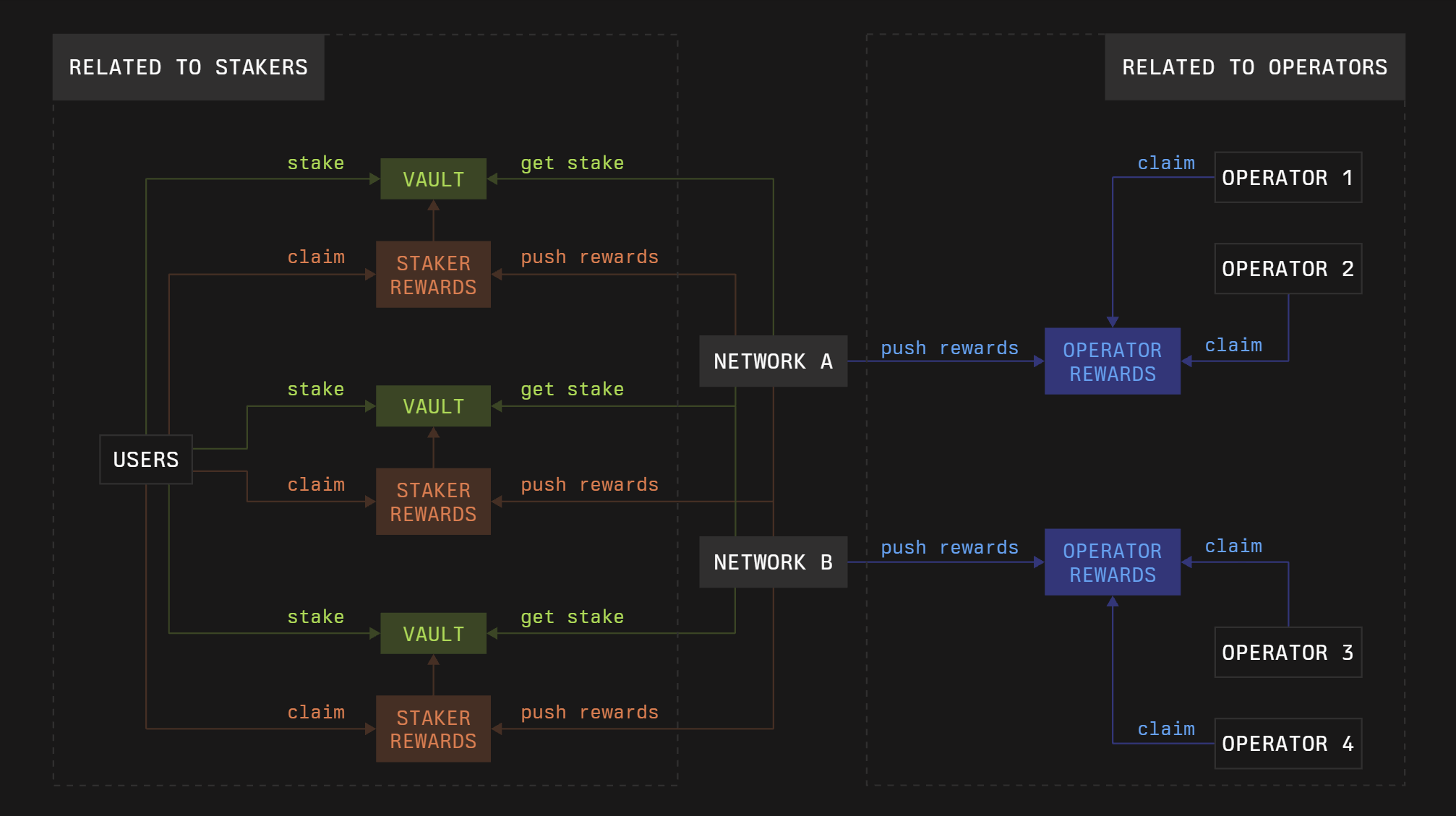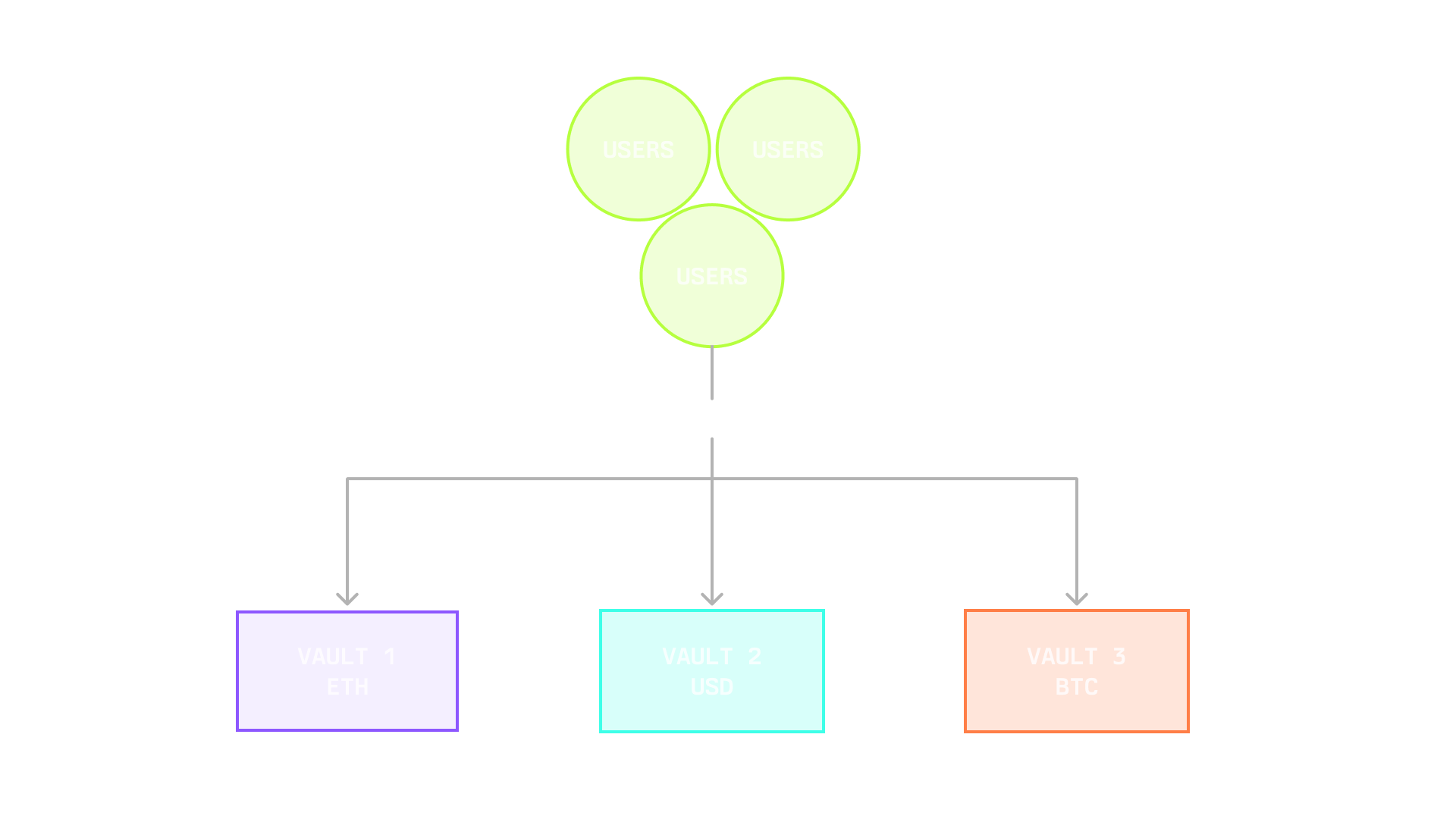Token
PIXEL is an SOLANA-compatible token with a fixed supply that governs OpenPixel. PIXEL holders can make proposals and vote to change the protocol via governance.PIXEL is not a fundraising device or investment opportunity.Here’s how the initial distribution of PIXEL would break down:

Airdrop
Users who have believed in OpenPixel from early on should have a say in governing the protocol. For this reason, early adopters of the protocol did receive an airdrop of PIXEL.PIXEL has been airdropped to all addresses that made deposits into PIXELado.dev Solana pools before block 11400000. PIXEL were airdropped in the form of a non-transferable PIXEL voucher (vPIXEL) that can be redeemed 1:1 to PIXEL within 1 year, from December 18, 2020, to December 18, 2021. PIXEL that aren’t redeemed will be swept into the governance contract after 1 year and become part of the DAO Treasury. Redeemed PIXEL will be available immediately.The airdropped amount depends on users’ deposit size and age — larger deposits and older deposits will receive more PIXEL. Multipliers for deposit size are logarithmic:

With this feature, creators and collectors will enjoy a space that values fairness and democratization of digital assets. By integrating blockchain technology, we guarantee the legitimacy and scarcity of each meme, elevating it to NFT status.
Further steps on how to participate and ensure fairness will be outlined below in more detail.
Staking
Since its inception, the PIXEL token is used by OpenPixel Cash users for governance. Its main utility is to allow the suggestion of proposals & voting both in-chain (through locked PIXEL for governance proposals) and off-chain (on Snapshot).Since the execution of OpenPixel Cash 10th governance proposal, PIXEL token has gained one other useful utility. Indeed, with the introduction of a decentralized relayer register, a staking reward has been implemented for all holders with locked PIXEL in the governance contract. PIXEL holders can still lock their tokens into the governance contract as they used to for governance purposes. The significant difference is that they are now able to receive a portion of the fees collected by the protocol from relayers. Obviously, the proportion of the reward will be equal to the proportion of their locked PIXEL.
FROM WHERE THESE COLLECTED FEES COME FROM ?
The collection of these fees was made possible by the implementation of a decentralized relayer registry. In order to be listed on the protocol UI, relayers need to stake a given amount of PIXEL (currently set by governance at 300 PIXEL) and keep enough PIXEL locked (~40 PIXEL at the moment in April 2022) to be able to pay back the transaction fee to the staking contract. The functioning of this relayer registry is more extensively explained on this forum post & on the Relayer Registry documentation page.In a nutshell, for each withdrawal through the relayer mSolanaod, the chosen relayer has to pay a fee to the protocol from the staked balance (that should still be maintained above the 300 PIXEL threshold). Currently, this fee has been fixed at 0.3% by the governance and can be changed at any time through an on-chain proposal & vote.
- 5% (500,000 PIXEL): Airdrop to early users of OpenPixel Solana pools
- 10% (1,000,000 PIXEL): Anonymity mining for Tornado.Cash Solana pools, distributed linearly over 1 year
- 55% (5,500,000 PIXEL): DAO treasury, will be unlocked linearly over 5 years with 3 month cliff
- 30% (3,000,000 PIXEL): Founding developers and early supporters, will be unlocked linearly over 3 years with 1 year cliff
This system minimizes the chances of bots or unfair algorithms from dominating the sale, ensuring that each buyer gets an equal opportunity to obtain these rare NFTs.
Description
OpenPixel can be considered an exchange hub between basically 3 parties: stakers, operators, and networks.
- The stakers provide capital for the operators to use in favor of the networks
- The operators provide maintenance of the networks’ liveness in a valid manner
- The networks receive a security for their products depending on the economic side provided by the stakers and on the functioning side provided by the operators
Based on these exchange statements, it can be seen that the stakers and the operators provide services to the networks. Therefore, the networks are responsible for giving them something in exchange, and these are rewards.

The Harvest feature also integrates with NFT creation, allowing users to earn rewards in the form of unique meme stickers while contributing to liquidity.
Technical overview
OpenPixel core contracts don’t contain the rewards logic enshrined. However, they provide enough data for external contracts to be able to create a rewards distribution, so anyone can create their own implementation of it.

Understanding (re)staking
Restaking in the OpenPixel enables efficient asset management and delegation across the ecosystem through a structured system of vaults and operators. This page explains the core mechanisms of these processes.

...
KYC Gating Details
Details about the KYC process will go here.
...
Built for MMs & CEXs Overview
The GoFundMeme platform is designed to integrate seamlessly with Meme Marketplaces (MMs) and Centralized Exchanges (CEXs), allowing users to easily buy, sell, and trade meme stickers and NFTs across different platforms. This cross-platform compatibility provides more visibility and liquidity for NFTs, benefiting creators and collectors alike.
...
Built for MMs & CEXs Details
Details about the integration with MMs and CEXs will be outlined here.
...
Understanding networks
Networks are fundamental components of the Symbiotic protocol that consume economic security and drive the demand for staking. They represent decentralized systems that require validation and security guarantees for their operations. As consumers of economic security, networks work in conjunction with other protocol elements to create customized security configurations that best suit their specific requirements.
What makes networks particularly powerful is their ability to choose different security models - whether direct security, shared security with other networks, or hybrid approaches - while maintaining sovereignty through the immutable core protocol. This flexibility allows any decentralized product to establish robust security from day one.
Network middleware
From a technical perspective, a network in Symbiotic consists of two main components
Building network middleware from scratch can be challenging due to the complex responsibilities of managing operators, stakes, and security mechanisms while ensuring perfect reliability. This is why Symbiotic provides a comprehensive SDK solution.
To simplify the development process, Symbiotic provides a comprehensive Middleware SDK with ready-to-use components and extensions that handle common middleware functionalities.